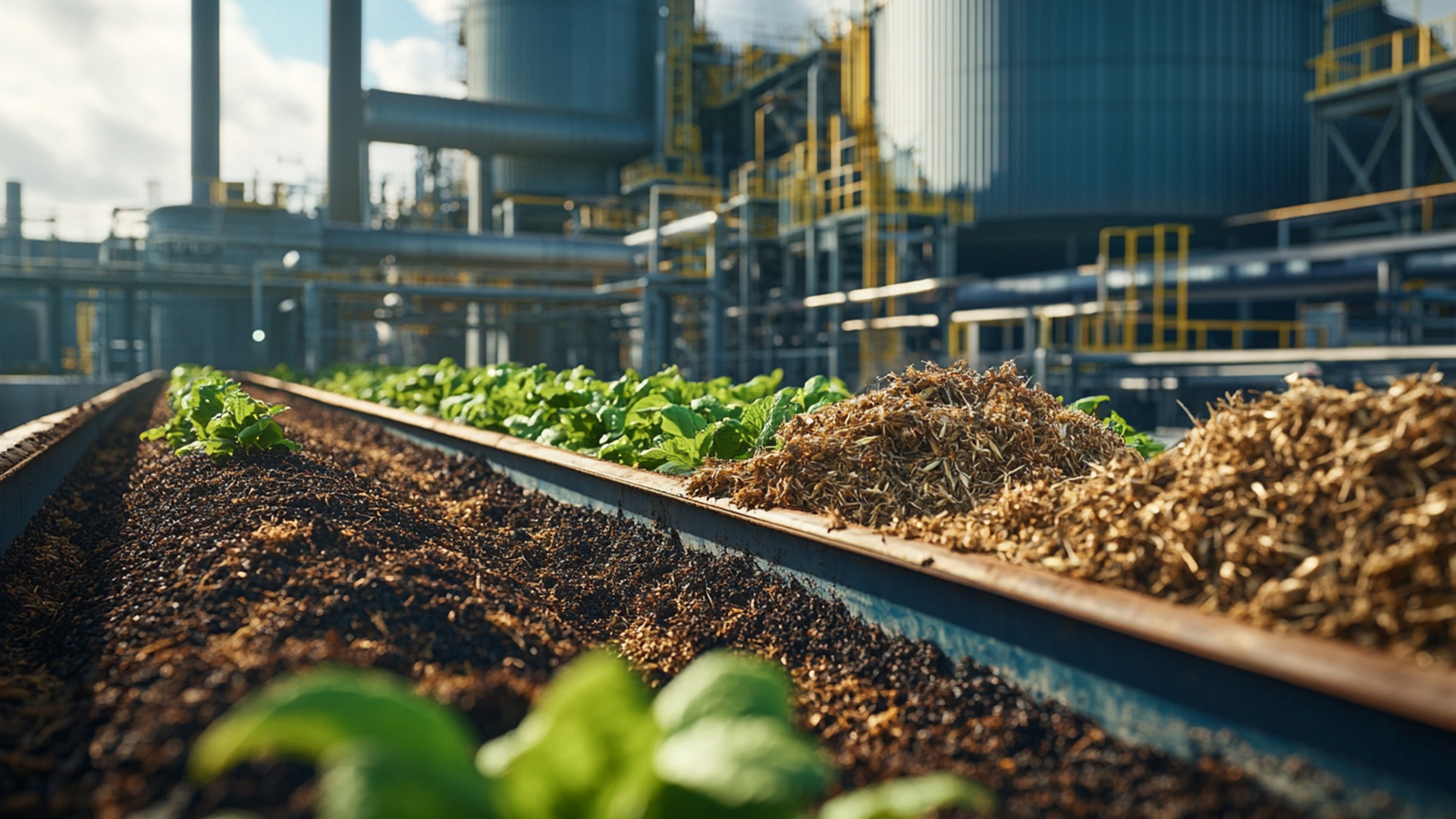Interesting Things To Know About Biomass Production

Biomass production is steadily becoming a key player in global sustainable energy solutions. It involves converting organic materials like plants, crop residues, and even certain types of waste into valuable energy sources.
With nations looking to decrease their reliance on fossil fuels, biomass presents itself as a long-term alternative with numerous practical applications. Here are some interesting things to know about biomass production and its increasing relevance.
What Exactly Qualifies as Biomass?
Biomass encompasses a wide range of organic materials, but not all biological matter can be classified as such. Biomass refers specifically to renewable materials of biological origin that can be used for energy production. Common examples include agricultural residues, wood, forestry by-products, animal manure, and even certain types of biodegradable waste.
Crops like corn, sugarcane, and switchgrass are grown specifically for their potential to generate bioenergy. Household organic waste and industrial by-products also contribute to the diverse mix of biomass sources, turning materials that might otherwise go unused into valuable resources.
Biomass Is Crucial for Renewable Energy
Renewable energy sources like wind and solar often steal the spotlight, but biomass plays an equally critical role. Biomass is unique because it’s a form of stored solar energy—it can be transformed into heat, electricity, or fuel depending on the production process.
Biogas plants are now a cost-effective way to produce power by converting organic waste into energy. Biomass currently provides up to 10 percent of the world’s energy, and its share is expected to grow as industries adopt more sustainable practices.
How Does Photosynthesis Relate to Biomass?
Photosynthesis is the backbone of biomass production. This natural process allows plants to store energy from sunlight by converting carbon dioxide and water into glucose and oxygen. The energy stored in plant material can then be harnessed in biomass production.
High-growth plants like miscanthus or algae are especially effective at maximizing this energy capture. Algae, for example, grows rapidly and can produce biofuels like biodiesel, showcasing how understanding plant biology is instrumental to advancing biomass technologies.
Biomass Can Improve Waste Management
Biomass can also resolve some of the planet’s most pressing waste management issues. By converting organic waste into usable bioenergy, industries reduce the tons of waste filling up landfills. Agricultural and forestry sectors contribute heavily to usable biomass. Wood grinders improve waste management by turning forestry residues into valuable biomass materials like wood chips, which can then be used for energy production.
This dual benefit of reducing waste while generating energy makes biomass an excellent solution for addressing the environmental challenges tied to waste disposal. Governments and private companies are investing in biomass-based waste management systems to align with sustainability goals.
An interesting thing to understand about biomass production is that it’s shaping a future where energy generation is sustainable and efficient. By using organic matter that would otherwise go to waste, it improves waste management, reduces reliance on fossil fuels, and contributes significantly to the renewable energy landscape. Its ability to transform everyday materials into energy underscores its value in a world increasingly defined by environmental consciousness.







